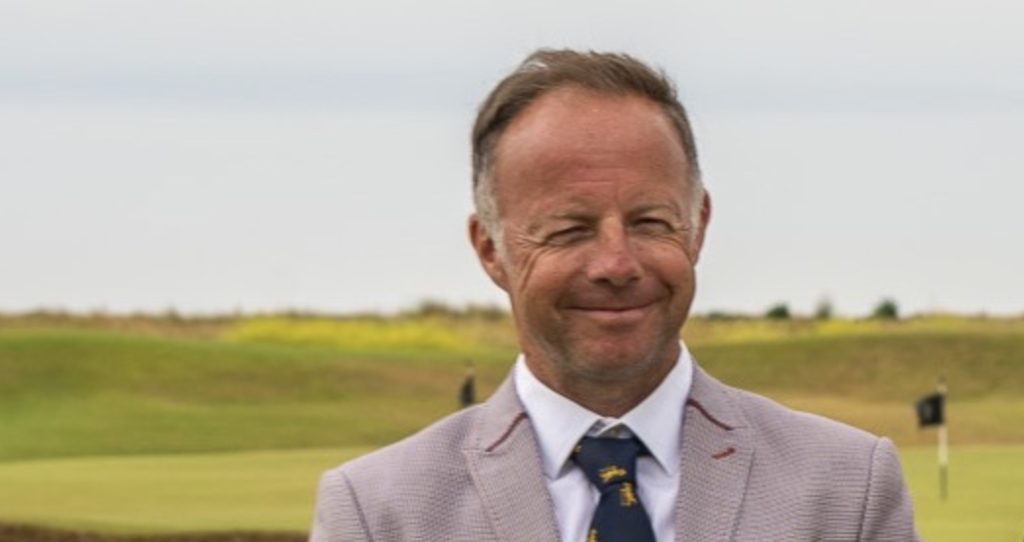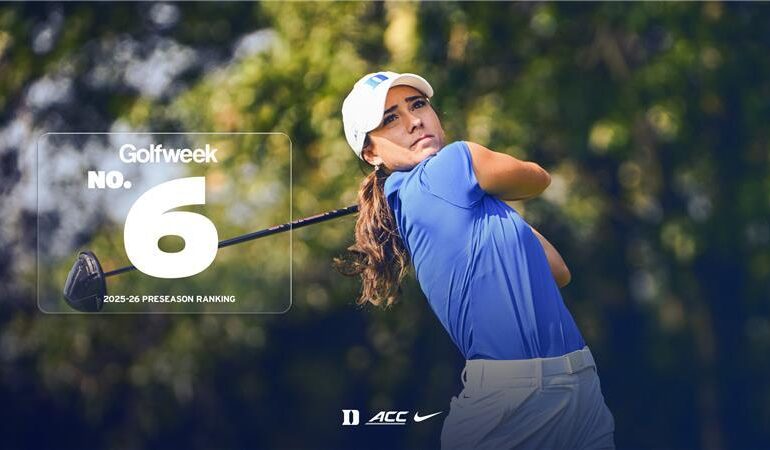GBN talks to Robert McGuirk, the general manager at Prince’s Golf Club, about his family’s long association with the historic Kent club, the significant investment that has been made in the 27-hole facility in recent years, the prospect of hosting the Walker Cup in 2030, and the challenges of reviving the fortunes of Chart Hills Golf Club
GBN: It’s quite rare for a club of Prince’s heritage and standing to be in private hands and run as a proprietary club. How did your family come to own Prince’s?
Rob McGuirk: My father at that time was purchasing small pockets of land and industrial units. He was approached by someone who found out he was investing in the area and asked him if he had any interest in buying a golf club. He knew Prince’s had held The Open Championship in 1932, so he thought it would be an interesting opportunity, made an offer, and it was accepted!
What was the course and the club like when your family first arrived and what potential could your father see in it?
The course had not had much investment, so it was in a poor state, and membership was dwindling. The fact that only 13 clubs had held an Open and the history around the club fascinated him, and even though it had gone through a rough patch, it had plenty of potential.
Some 50 years after taking ownership, how gratifying is it to see the hard work in improving the golf courses and the off-course facilities pay off with The R&A awarding the 2030 Walker Cup to Prince’s?
We were delighted; it is such an honour to have been selected. The work and investment over the past 10-15 years has been worth every penny, but also the hard work of all the staff and membership has helped Prince’s secure this prestigious match.
Has The R&A asked for any specific changes to the presentation and/or set up of the course for the matches?
We haven’t gone into much detail yet; The R&A have a Walker Cup at Lahinch before 2030, so they will concentrate on that match before ours.
In addition to hosting Final Qualifying when the Open Championship is held at St George’s, Prince’s has twice co-hosted the Men’s Amateur Championship and singularly hosted the Women’s Amateur Championship in 2023. What did you learn from those events from a tournament hosting standpoint, and in terms of the challenge the course presents for elite-level amateurs?
We have hosted or co-hosted 11 R&A tournaments in the past 12 years. I think we have exceptional facilities on-site, The Lodge, short game area, practice ground, and a clubhouse that works well for tournaments.
It is important that you have a membership that supports the tournaments, and as a club, you work with the R&A to ensure the event runs smoothly. The course is set up for tournament play, we have plenty of variety, and with the new tee complexes Martin Ebert advised on in 2016, we could change the angle of the tee shots to lengthen or shorten the holes, which is great for match play.
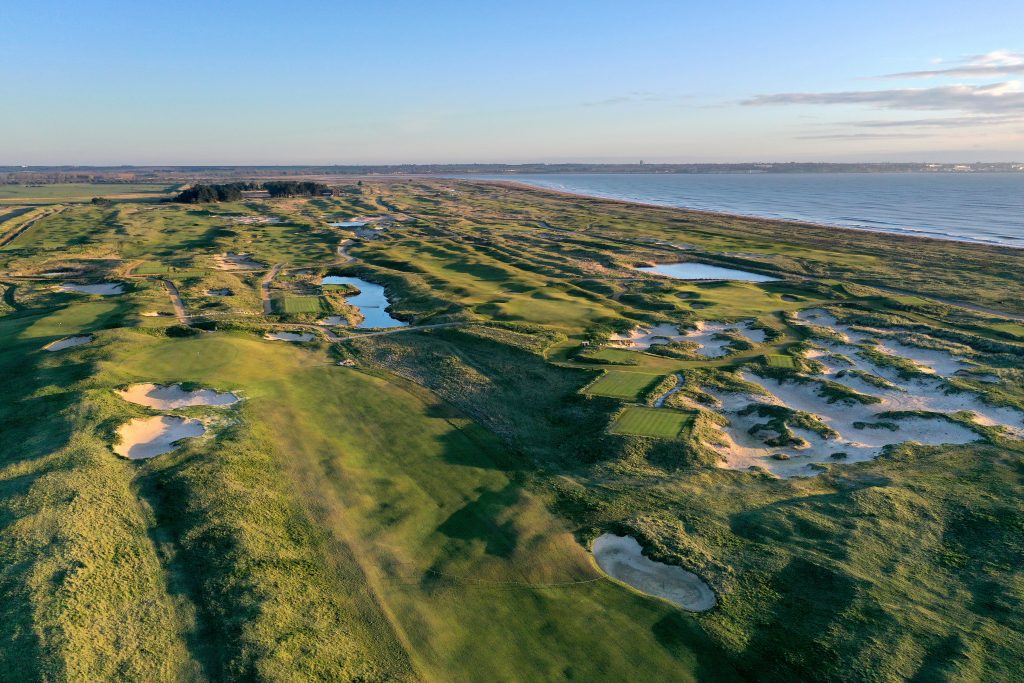 The Walker Cup is to be played at Prince’s in 2030
The Walker Cup is to be played at Prince’s in 2030
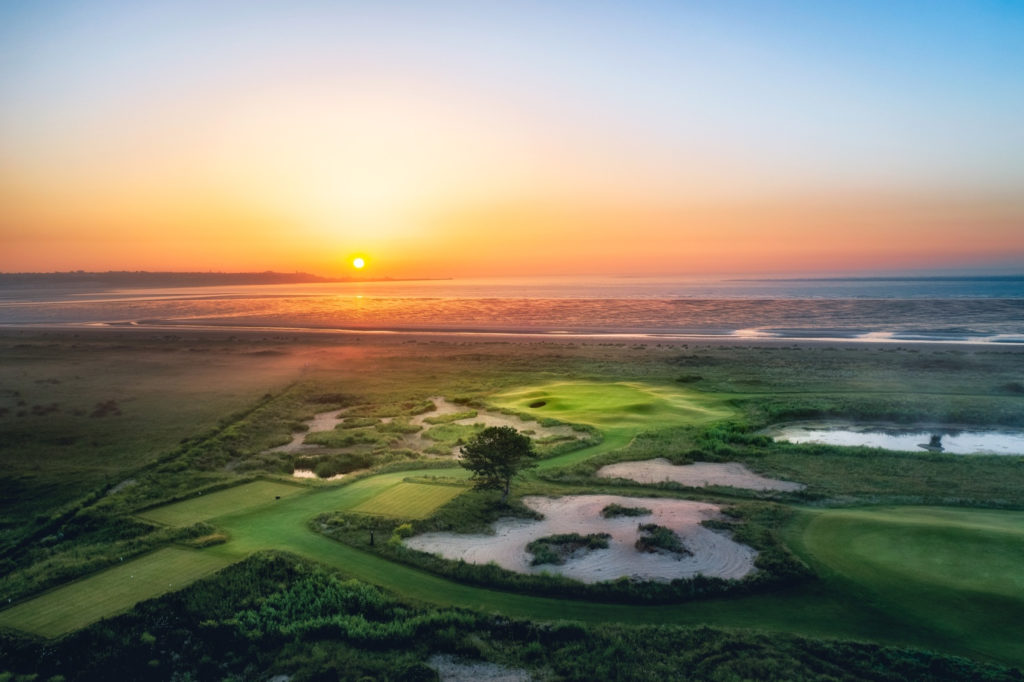 All three nine-hole loops at Prince’s have benefitted from significant renovations
All three nine-hole loops at Prince’s have benefitted from significant renovations
The club has carried out some major renovations across all three nines in recent years, how are they bedding in and what has been the reaction for members and visitors?
The Lodge opened in 2012, and although business was fine, I felt we had plenty of headroom to improve the courses. All three nine holes have bedded in well and have been very well received by members and visitors.
Your hired Martin Ebert from McKenzie & Ebert to carry out the design work. What made you select them?
We looked at a number of architects, but with Martin Ebert being the preferred architect of The R&A, it seemed the natural choice to select him to carry out the works.
At the start we invited all the members to come along for an evening with Martin. He showed them historical images of how the course used to look and he went through how we were going to reintroduce all these old features, take a lot of trees out that weren’t there in the past, and upgrade parts of it to make you think your way round it a bit more. The plan was to take the Himalayas nine to championship standard offered on the Shore/Dunes 18 and the members took to it very well.
The family is delighted with the work carried out by Martin and Mike Howard; we would not have had the success over the past eight years without their input.
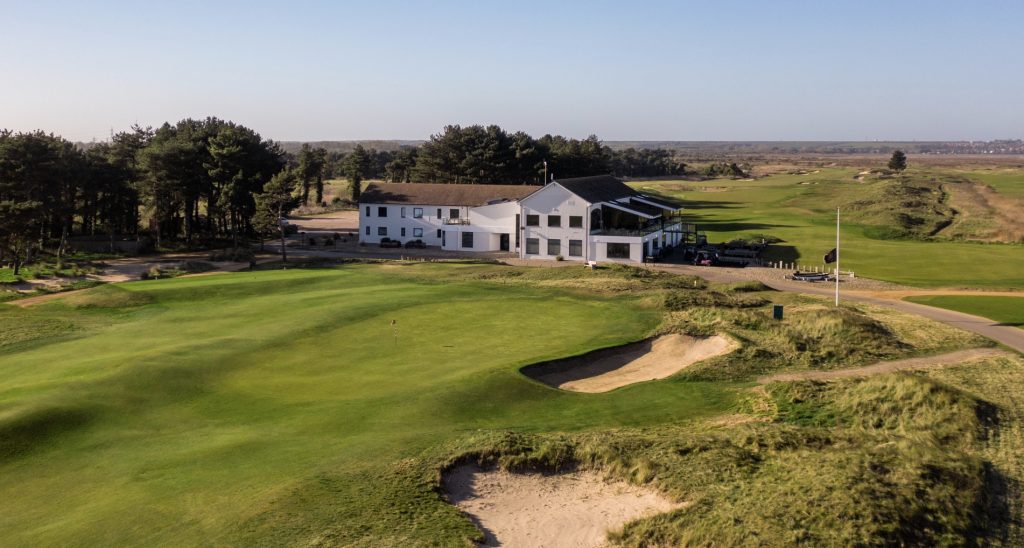 The clubhouse was refurbished ahead of this summer’s peak season
The clubhouse was refurbished ahead of this summer’s peak season
What improvements to the off-course facilities have you carried out in recently?
We have recently renovated the clubhouse – repainting the outside, putting in new windows, refurbishing the staircases, and constructing new pathways around the building – and have plans to upgrade the bedrooms and install air conditioning in The Lodge this winter.
With all your membership categories full and a waiting list in place, you must feel confident that you have got the product right at Prince’s, but even in that envious position do you have any concerns that the golfing bubble will burst at some point?
Membership is in a strong place; we have a unique offering here at Prince’s. To have 27 holes is a big plus as it allows us to manage the tee sheet in such a way that members can usually get a tee time. The practice facilities are great, and we have brilliant staff. It’s important that we don’t take our eye off the ball and rest on our laurels, keep investing and improving.
With Prince’s being out on a limb, geographically speaking, what percentage of your members live locally?
Around 70% of our membership lives within 45 miles, so we have a relatively local membership. To qualify as a country member, you need to live outside of 45 miles and not have a property or use of a property within that distance. International membership is open and follows the same process.
The UK’s top golf clubs have implemented quite significant increases in visitor green fees in recent years. What factors did you have to consider when setting the current figure at Prince’s [£170 for a peak summer rate]?
We look at a number of factors when it comes to pricing – our local competitors, venues that have a similar offering to us, US versus UK clients. We see the value in the stay-and-play packages, as if you stay with us on a one-night, two-round package, the second round is pretty much free.
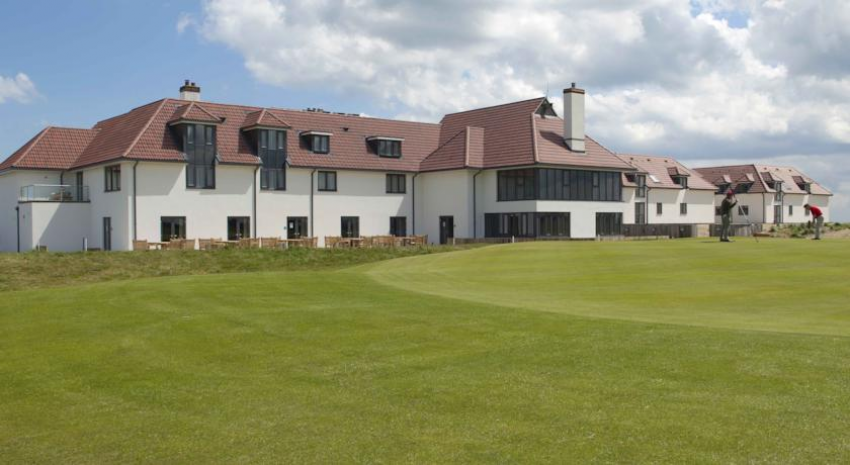 The Lodge at Prince’s has proved hugely popular with visiting golfers from the UK and abroad
The Lodge at Prince’s has proved hugely popular with visiting golfers from the UK and abroad
How has business been for golf breaks this year? What percentage of guests come through third parties like Golfbreaks and Your Golf Travel compared to direct sales?
We have worked hard on growing our own database, which enables us to market directly to our customers. We also work closely with our marketing team at GMS who manage our marketing and where we spend our budget. This means that more guests book with us directly. I would say that 5% of our revenue is generated via tour operators, with around 15-20% of our guests coming from overseas, mainly from France and the Netherlands.
What partnerships do you have in place in terms of course machinery suppliers? What machinery have you added to the fleet most recently and what has been your best investment?
We have a good working relationship with both John Deere and Toro. Around 90% of the on-course machinery is John Deere, and the irrigation system is through Toro.
Our best investment would be the VGR TopChanger XP, a machine that uses high-pressure water to create aeration holes in the soil and then injects sand deep into the root zone. This process improves drainage, relieves soil compaction, and promotes healthier turf growth with minimal disruption to the playing surface. It’s really helped to improve the profile of the greens and made them firmer.
With a sustainability being a key watchword for all golf courses, what measures are being taken to enhance Prince’s environmental credentials?
Prince’s was one of the first courses in the UK to receive the GEO accreditation, a sustainability award you need if you wish to host R&A events. It highlights a number of areas from the course, buildings, staff, and procurement. Through this accreditation, you can work on the areas that you may be falling short on from a sustainability standpoint and fine-tune the areas where the facility is in good shape.
How have you been able to manage the drought-like conditions that the UK has experienced this year?
Thankfully, we have a very good abstraction licence; we draw water from the North Steam during the winter months and store it in our large reservoir. We also harvest the rainwater from the clubhouse, lodge, and greenkeeping facility, which is pumped into the reservoir. The green staff carry out daily moisture readings and manage the drier areas with increased irrigation, the lower lying areas that hold moisture get less of a dousing.
How many full-time staff are employed at Prince’s?
We have around 55 full-time staff working across The Lodge, the clubhouse, greenkeeping, hospitality and golf operations.
You are a director of Ramac Holdings, which bought Chart Hills Golf Club in 2019. What was the motivation behind the purchase and what have been the pros and cons of operating two albeit very different venues that are 50 miles apart?
The family always had a soft spot for Chart Hills, and I was lucky enough to be one of the founding members. We saw an opportunity to join up one of the best links courses in the UK with one of the best new parklands.
The challenge was that the course had not been looked after, and we had to almost start again from an agronomical standpoint. Chart Hills is improving year on year, and we can see a positive relationship developing between the two club in the future.
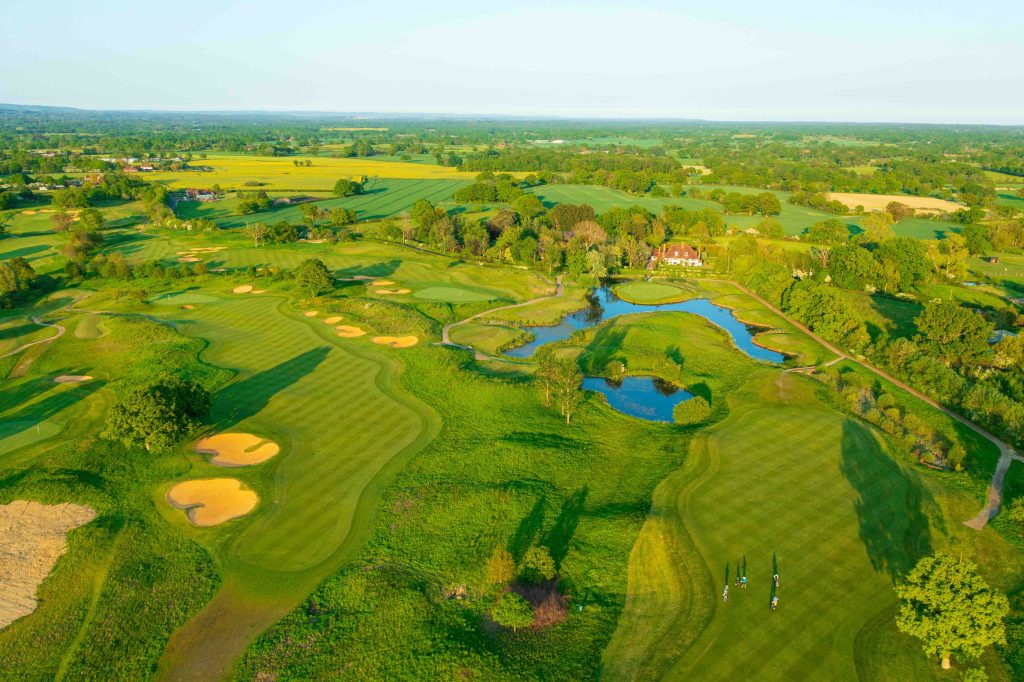 Chart Hills, which came under the same ownership as Prince’s in 2019, has been the subject of a major renovation project to elevate playing conditions and the overall experience
Chart Hills, which came under the same ownership as Prince’s in 2019, has been the subject of a major renovation project to elevate playing conditions and the overall experience
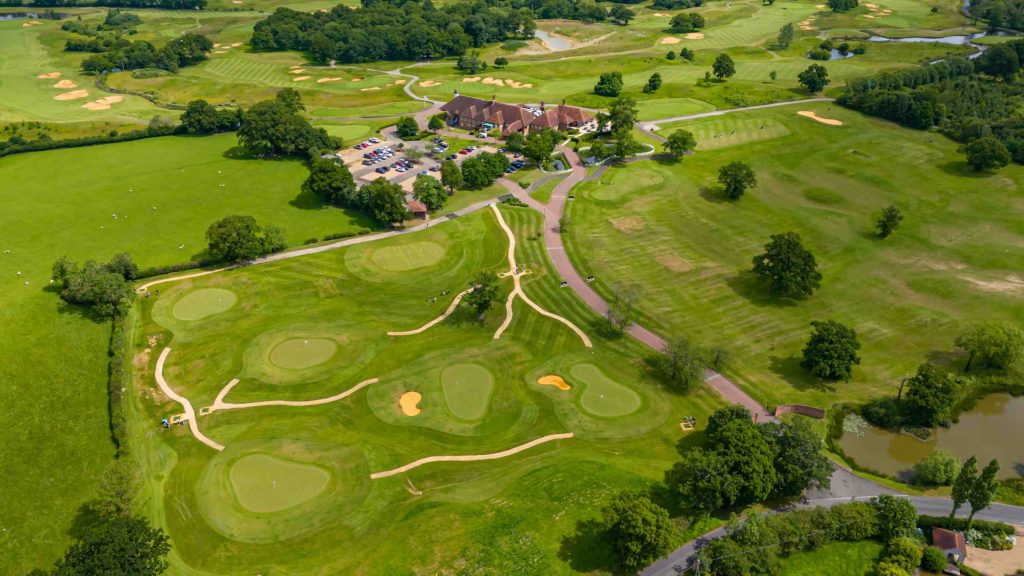 A brand new short course called The Loop opened at Chart Hills in 2024, as well as stay-and-play accommodation at a lodge located just a few hundred yards from the entrance to the club
A brand new short course called The Loop opened at Chart Hills in 2024, as well as stay-and-play accommodation at a lodge located just a few hundred yards from the entrance to the club
You’ve made some significant investments in the golf course and the facilities at Chart Hills over the last five years, including a major renovation of the Faldo-designed championship course, building a new short course, and opening guest accommodation. How pleased are with the offering now and is it beginning to pay back the investment in terms of increased membership numbers and visitor bookings?
We have made a significant investment, but we see the long-term value in such a great course. The course and clubhouse are perfectly suited to hosting large tournaments and golf days; the practice facilities and the introduction of the barn are all positive steps towards bringing Chart Hills back to where it belongs. Visitor bookings are up this year on last, and we have a waiting list in most membership categories.
If you were given the mythical job of running the mythical company ‘UK Golf’ for a day, what would be the three things you would change, introduce or ban?
Firstly, I would change the way the golf courses are rated for handicap purposes. I am not sure the current process reflects the difficulty of links golf!
Secondly, I would like all clubs to look at the junior sections and incorporate them into the club. It’s important that we have a healthy junior section as they are the future. We have a junior foundation at Prince’s which is run by an excellent junior organiser who is supported by a couple of members. It is great to see the section grow, and the juniors now are very much part of the club.
And thirdly, I would ban any sort of music on the golf course. It’s meant to be a peaceful game with the sound of nature around you!

